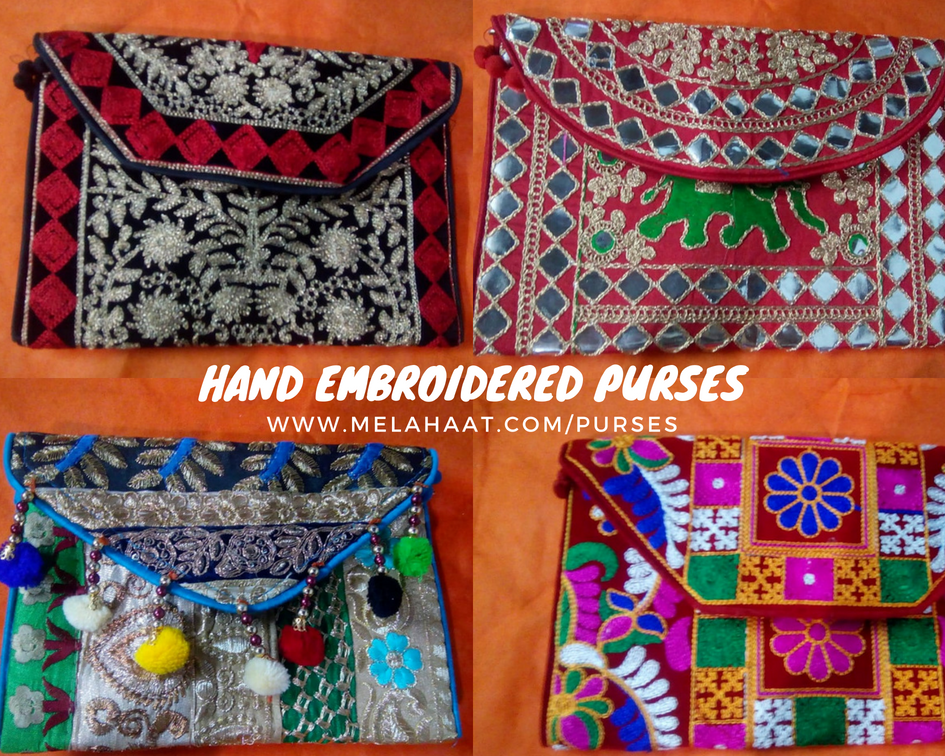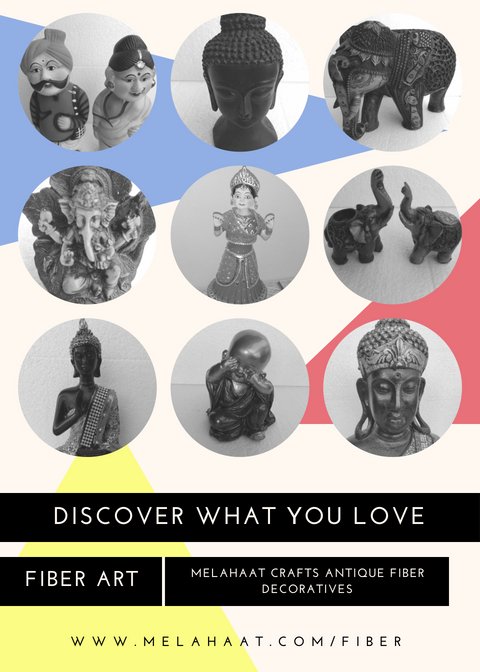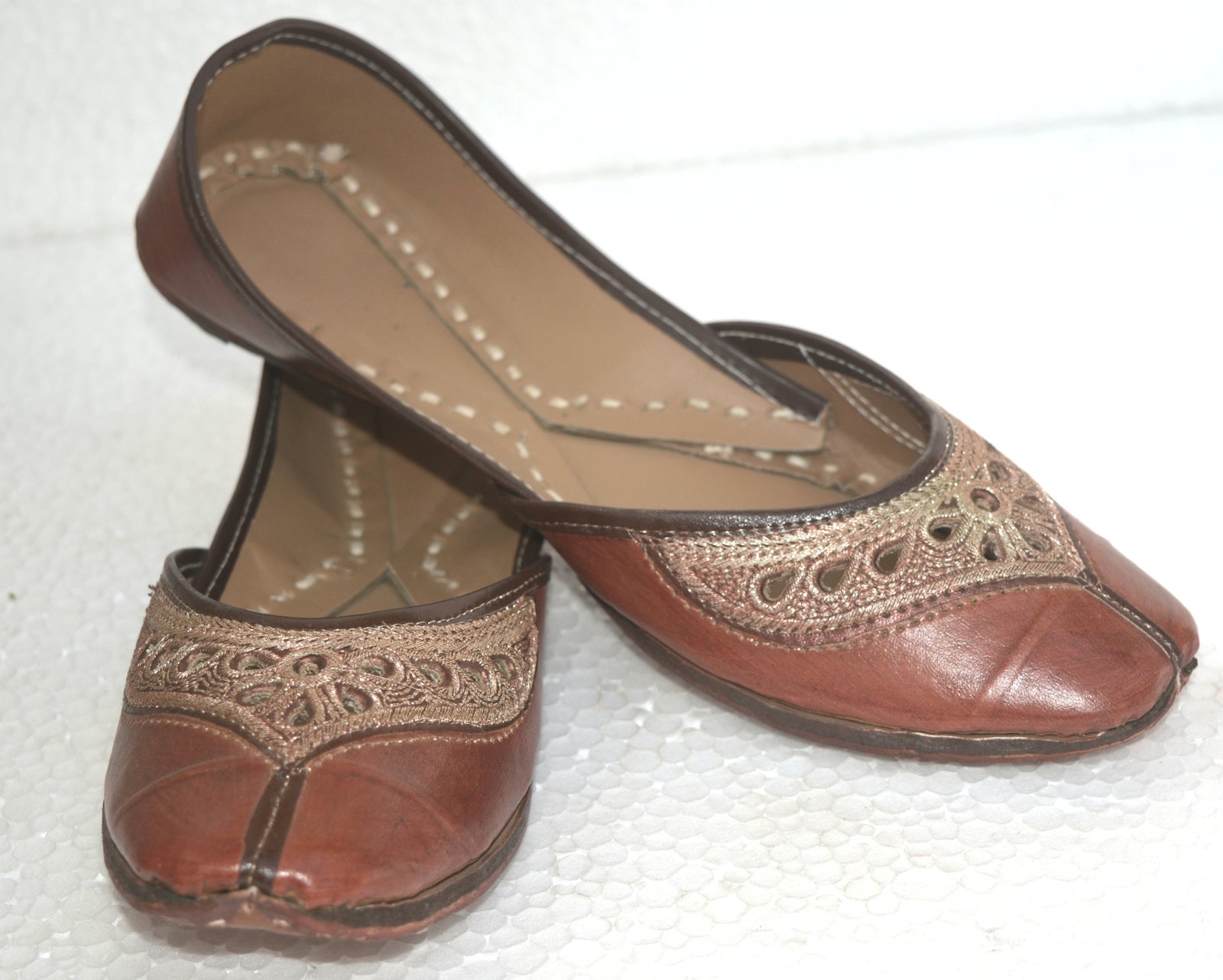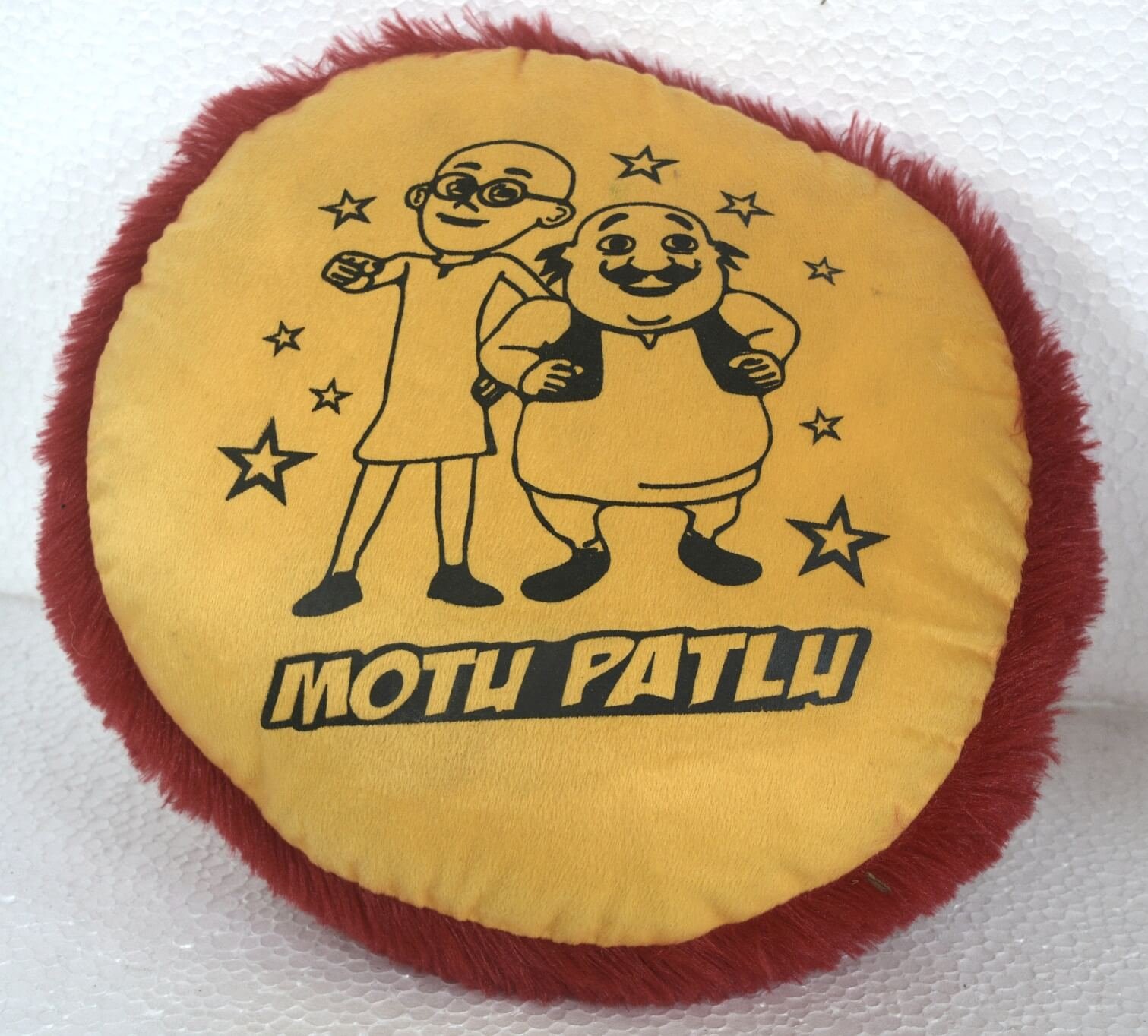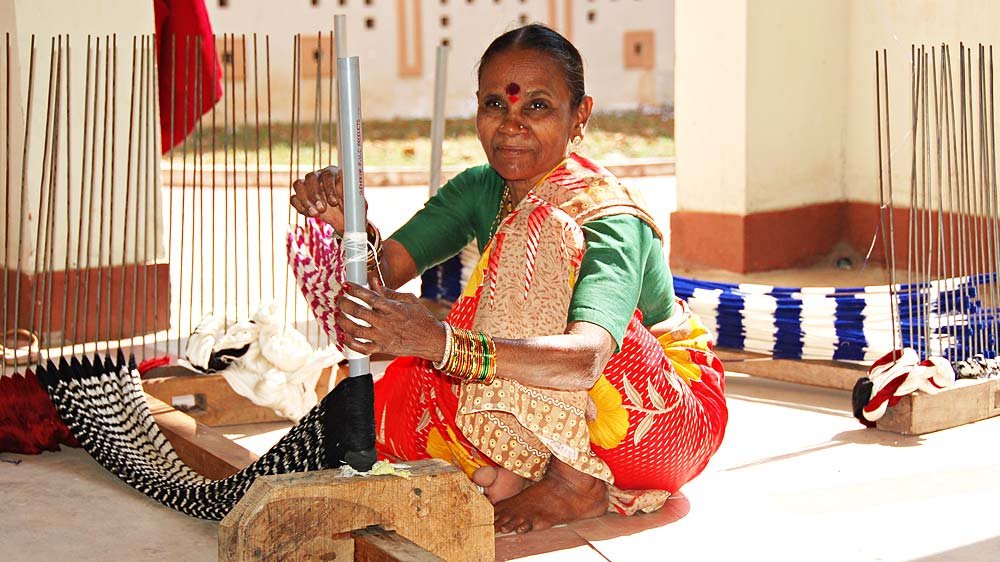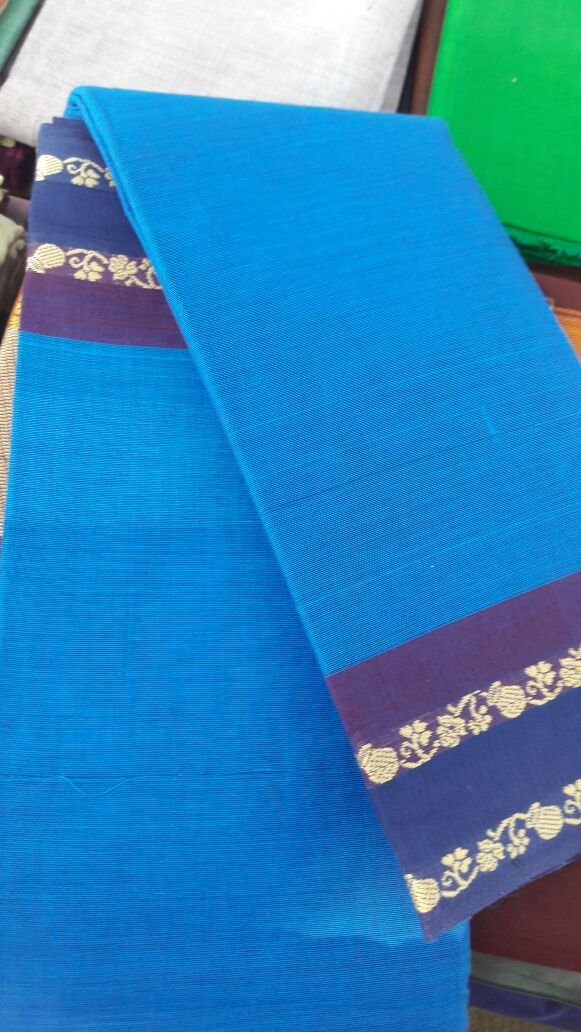
Banarasi Saree(Represents our real Art of handloom )
Introduction
Its roots from the rich cultural history of India. Originally crafted exclusively for the royal families, each Banarasi sari was crafted from real gold and silver threads, taking as much as a year to make.Saree woven from this fine silk is popular all over India and across the world.Banarasi silk is an example of real artistry. Mughals brought this fine craftsmanship in India. Mughals also tried their best to glorify the art of weaving and designing. During the course of that act, they inspired few craftsmen to work in intricate art of weaving. It was the beginning of Sari weaving art. In addition, at that particular time.
Real faces behind this Saree:Men and women work together to make up one sari by using the power-loom. One artisan has to weave the silk and one has to dye the silk, where the other one has to engage the bundle of silk, which creates the power ring.
Preserving their Art:To sustainably resurrect the craft and restore the glory of the artisan, we need to take lessons from our own history. The Indian subcontinent, prior to British rule, was a glorious flourishing part of the world because of the quality of products it sold, not just in India but around the world. Buyers were willing to buy produce in return for gold.
Why would India willfully destroy such an amazing advantage that represents cherished heritage.During our discussion with one of the craftsmen he says that We have progressed from the firewood chulha to gas and electric stoves. If we hang on to technologies from our grandparent’s time, it is a mark of regression. Our children will laugh at us.




